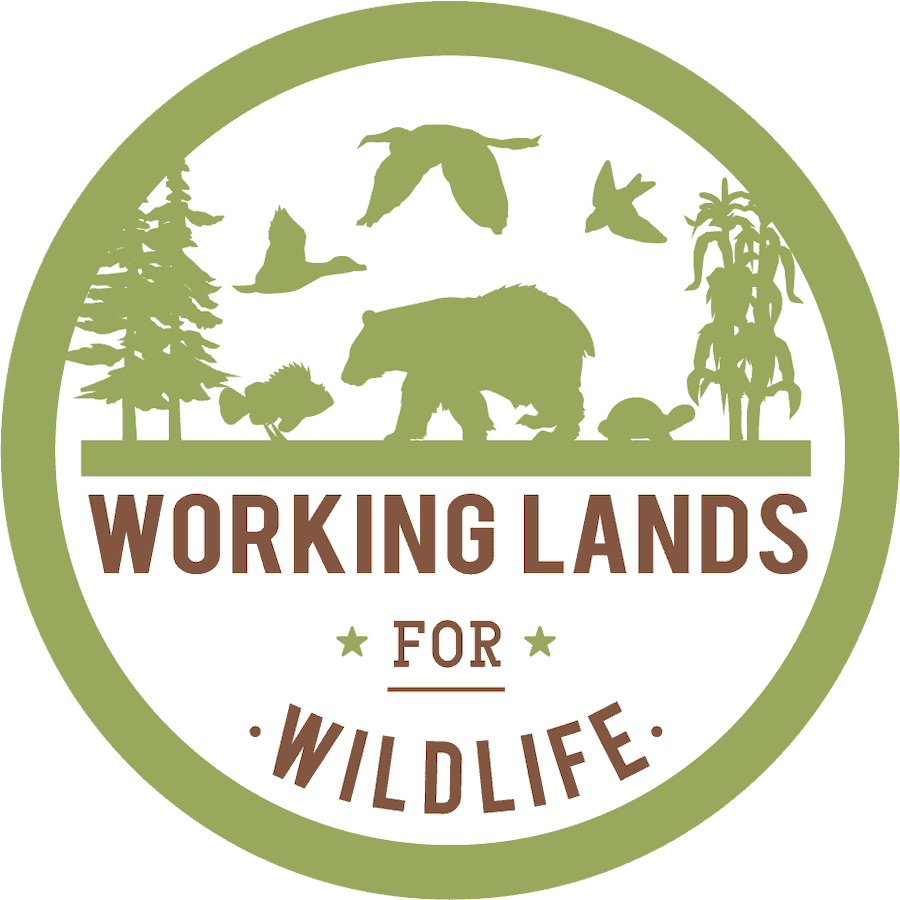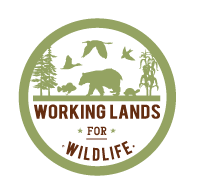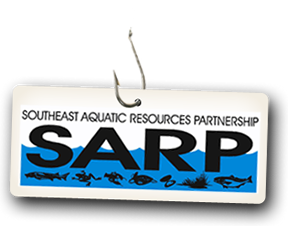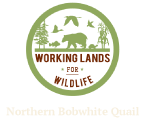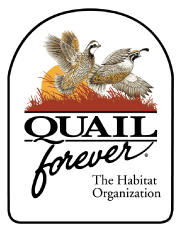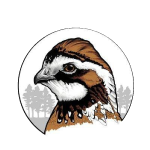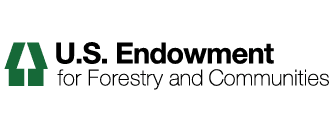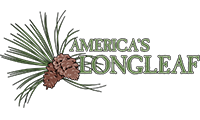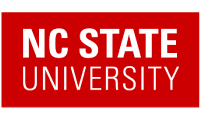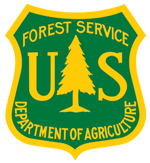NRCS Conservation Practices and Materials
Working With Farmers and Landowners in NY to Restore Bog Turtle Habitat Powerpoint Presentation
Approximately 15 minute presentation on conducting bog turtle habitat conservation through Farm Bill programs on private lands, and how to work with private landowners. Presented by Elizabeth Marks of NRCS, an Area Biologist in upstate NY who has extensive experience with this topic.
NRCS in Florida Announces Agricultural Conservation Easement Program Signup
The USDA Natural Resources Conservation Service (NRCS) in Florida has announced they are accepting applications from agricultural producers and forest landowners for the Agricultural Conservation Easement Program (ACEP). While NRCS does accept ACEP applications year-round, producers and landowners should apply by December 31, 2021 to be considered for funding in the current cycle.
Webinar: Native Warm-Season Grass Forages and Grazing Management for Bobwhites
Join us for a two-day webinar discussing native warm-season grass forages in the eastern U.S. and integrating grazing management for Northern Bobwhites.
Agenda for the Native Warm-Season Grass Forages And Grazing Management For Bobwhites
Webinar Agenda - WLFW Wednesday December 1-2 2021 2:00 – 3:40 PM EST
Beef, Grass, and Bobwhites – Quail Management in Eastern Native Warm-Season Grass Pastures
This technical bulletin is targeted to technical advisors working with cattlemen and women in the eastern U. S. who are interested in managing for bobwhites. The authors combine a review of the literature, current research and first-hand experience to present this first-of-its-kind technical manual integrating grazing and bobwhite management in the eastern U. S. Published by NBTC and funded by WLFW.
Harris, Sylvia
State Biologist with SC NRCS
Organization
Natural Resources Conservation ServiceExpertise
Non-Game/Native fish conservation Mussel Insects (incl. butterfly/moth) Amphibians Birds Wetland ecology Early successional forest Agro ecosystems Geospatial (GIS) Rivers/Streams - Streambank/Riparian ESA (threatened and endangered species) Environmental education, interpretation, and educational outreach Community relations, facilitation, conflict resolution Native American and Tribal Relations/Studies Farming/Ranching Communities Southeastern USA PlainsSoutheast Longleaf Ecosystem Occurrences (LEO) Geodatabase
The Southeast LEO Geodatabase is a project to develop a comprehensive map database of documented longleaf pine locations and ecological conditions across the range. Florida Natural Areas Inventory (FNAI) is working in partnership with the Longleaf Alliance to build the LEO GDB with funding from Natural Resources Conservation Service (NRCS) via the U.S. Endowment for Forestry and Communities, and in close conjunction with the America's Longleaf Restoration Initiative - Longleaf Partnership Council, and other partners.
Winter Grazing - a Better Way to Feed
In this video, three livestock producers describe how extending the grazing season with winter grasses has saved them time and money, while also improving the environment; and they demonstrate the methods they used to achieve these savings. Sponsored by the NRCS - East National Technology Support Center.
Private Land Stewardship Academy: Wildlife Lessons
The role of landowners as stewards of private lands and the public benefits derived from them is paramount. Most often successful land stewardship begins when natural resource professionals convey good land stewardship practices and techniques to private landowners. In this series of online lessons, learn about Wildlife and Wildlife Management -- from the Texas A&M Natural Resources Institute.
Private Land Stewardship Academy: Natural Resource Management Lessons
The role of landowners as stewards of private lands and the public benefits derived from them is paramount. Most often successful land stewardship begins when natural resource professionals convey good land stewardship practices and techniques to private landowners. In this series of online lessons, learn about Natural Resource Management -- how management can help address current and emergent private land challenges -- from the Texas A&M Natural Resources Institute.
The Long View: Sustaining Our Oak Forests
This working lands webinar will educate landowners and natural resource professionals on working lands conservation programs intended to benefit wildlife species and promote oak forest diversity. In this webinar, we will take the “Long View” by looking back in time to gain historical grounding that will help us look forward and consider how our actions today can ensure we restore and sustain oak forests into the future. This webinar has been approved for continuing education credits. Hosted by the Ruffed Grouse Society & American Woodcock Society and the NRCS Working Lands for Wildlife program.
Narrative: Gopher Tortoise PAC Methods
Narrative describing the range-wide approach for PAC development for the gopher tortoise (GT), as determined by the attending group of experts [NRCS, USFWS and State wildlife agencies] at a meeting held at the Jones Ecological Restoration Center in Georgia in March of 2016.
Conservation Innovation Grants: Successful Grazing Lands - Innovation to Implementation
Join pasture specialists, local graziers, and NRCS staff to discuss the Conservation Innovation Grant (CIG) on Grazing Lands and the benefits of establishing and grazing native warm season grasses for livestock and ground nesting wildlife. See how NRCS is helping more farmers establish and utilize good grazing techniques on their farms. Featuring Dr. Pat Keyser (Center for Native Grasslands Management), J.B. Daniel (NRCS Virginia), and Keith Tuck (Virginia Grazier).
SFE Webinar: Introduction to the SE FireMap 1.0 - A New Tool to Map Fires Across the South
The SE FireMap 1.0 is a new fire mapping system for the Southeastern United States. Developed with funding provided by the USDA NRCS, SE FireMap uses a remote sensing-based approach to track both prescribed fire and wildfire activity on public and private lands across the range of the longleaf pine.
Forage for Beef and Bobs
Learn about the benefits of native grasses for beef cattle production and wildlife in Virginia. This short video (4 min) is especially relevant for beef producers and farmers. Brought to you NRCS Virginia.
Reconnecting Cattle and Quail
Learn about the Working Lands for Wildlife program and work in Ohio between USDA-NRCS and local farmers and ranchers. Grazing cattle on warm season, native grasses is great for cattle as well as critical species like the Northern Bobwhite Quail. Video for landowners and cattle producers. Presented by Nick Schell (USDA-NRCS Ohio) and Dr. Pat Keyser (UT - Center for Native Grasslands Management) at the Ohio Forage and Grassland Council Conference in 2017.
Virtual tour: Native Warm Season Grass Grazing
Join a tour of pasture lands that use native warm season grasses to provide good grazing for livestock and invaluable habitat, food, and shelter for native wildlife. The video highlights the benefits of different native grasses and how quickly these grasses can benefit working lands. Developed and provided by Ohio NRCS, Ohio State University Extension, the Madison Soil and Water Conservation District, and Quail/Pheasants Forever. Released September 2020.
NRCS Prescribed Burning
Prescribed burning is applying controlled fire to a predetermined area of land.
New Frameworks Guide Conservation Action
WASHINGTON, April 6, 2021 – The U.S. Department of Agriculture (USDA) is unveiling new action-based frameworks to increase conservation work to address threats facing America’s working rangelands. These frameworks are designed to benefit both agriculture and wildlife in sagebrush and grassland landscapes of the western United States.

